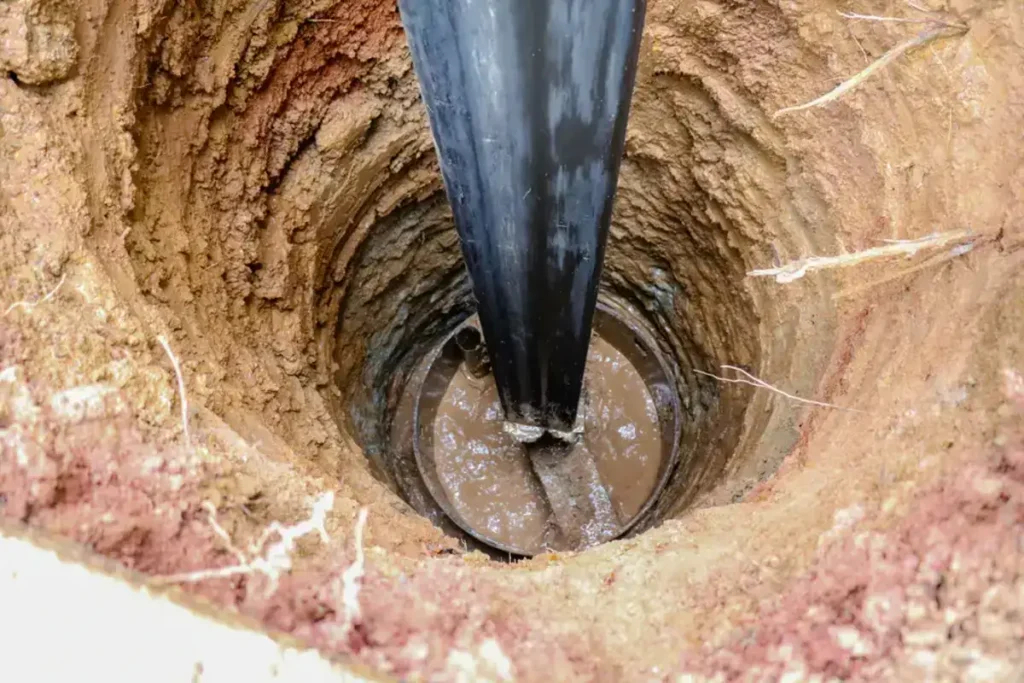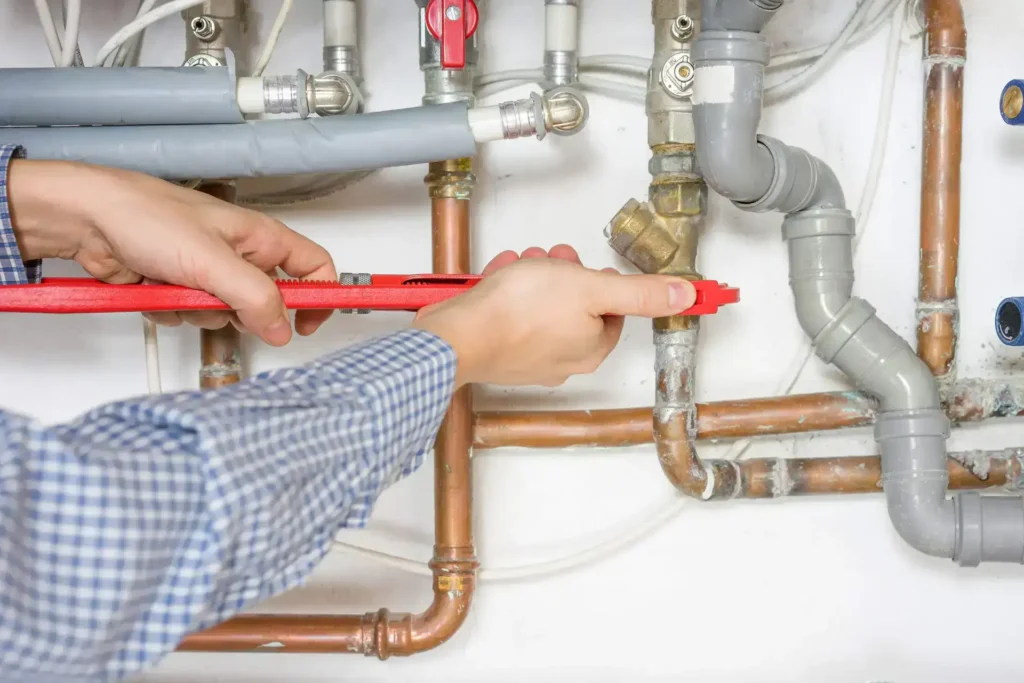Well drilling has proven to be a good investment for homeowners seeking the most reliable and independent sources of water. It could take the form of drinking, irrigation, or general household and self-well use, with savings from utility bills resulting from having more control of the water supply. How much does it cost to drill a well? Prices differ for several reasons, such as the area of residence, the well depth required, and the type of well needed. These are important because only after knowing how much money you need will you be able to make a decision. Understanding these costs is important before making a decision.

In this article, we list the key costs of well drilling and the factors that go into varying that price. We will also touch base on how much it costs to drill a well in other states, so you have all the information to understand completely. Whether it’s shallow wells or deeper ones, this guide has everything mapped out for you when it comes to making an informed choice.
Average Cost to Drill a Well
Cost to drill a well usually depends on its depth, type and hence its location. On average, the cost from about $3,000-$15,000 could be expected by homeowners in the U.S. while different factors might push the price higher or lower.
| Well Depth (Feet) | Estimated Cost |
| Shallow Wells | $3,000 – $6,000 |
| Deep Wells | $8,000 – $15,000 |
| Irrigation Walls | $5,000 – $20,000 |
| Geothermal Wells | $10,000 – $30,000+ |
Cost to Drill a Well in Different States
Costs for drilling a well vary significantly across the U.S., as geological conditions, local regulations, and groundwater availability differ. Knowing the typical cost range in your state would help you better budget for the project.
Here is a summary of the costs in different states across the U.S. for drilling a well.
| State | Average Cost to Drill a Well | Cost Range |
| California | $6,000 – $20,000+ | $6,000 – $25,000 |
| Texas | $4,000 – $10,000 | $4,000 – $15,000 |
| Florida | $4,000 – $12,000 | $4,000 – $18,000 |
| New York | $5,000 – $15,000 | $5,000 – $20,000 |
| Colorado | $6,000 – $18,000 | $6,000 – $25,000 |
| Michigan | $4,500 – $12,000 | $4,500 – $16,000 |
| Ohio | $3,500 – $8,000 | $3,500 – $12,000 |
| Pennsylvania | $4,000 – $10,000 | $4,000 – $14,000 |
| Arizona | $5,000 – $12,000 | $5,000 – $15,000 |
| Nevada | $6,000 – $18,000 | $6,000 – $22,000 |
Factors Affecting the Cost to Drill a Well
There are several factors to consider when determining the final cost to drill a well, including location, soil conditions, and the type of well you need. Let’s look into those factors in detail.
1. Geographical Location
Where your home is located is one of the primary factors that determines the cost to drill a well. Generally, it costs less to have wells drilled in rural areas, where the practice is more common. This, however, will not be the case in urban or suburban areas, as several other extra fees, regulations, and even the need for more specialized drilling equipment may apply.
2. Soil and Rock Conditions
Your soil type will influence your drilling cost too. Hard rock formations require more time and specialized equipment, which raises drilling costs. Softer soils, such as clay or sand, may be easier to drill through and are likely to be less expensive.
3. Depth of the Well
The deeper the well, the more expensive it is to drill. Shallow wells may cost as low as $3,000, while deeper wells, hundreds of feet below ground, can cost significantly more. Here’s a cost summary for drilling a well about its depth:
| Well Depth (Feet) | Estimated Cost |
| 0-50 feet | $3,000 – $5,000 |
| 51-100 feet | $5,000 – $7,500 |
| 101-150 feet | $7,500 – $10,000 |
| 151+ feet | $10,000 – $15,000 |
4. Drilling Method
Barriers also depend on the drilling method used for your well. The two most common methods are:
- Rotary Drilling: Used mainly for deep wells, rotary drilling is also generally a costly method due to the complexity of the equipment used.
- Cable Tool Drilling: A fairly straightforward and cheaper process, cable-tool drilling is most often encountered in the construction of shallow wells.
Additional Costs to Consider When Drilling a Well
The greatest expense incurred for an operation is drilling the well, which is the first consideration. The following costs should be considered as well:
1. Well Pump and Casing
Well pumps typically range in price from $500 to $2,000, depending on their depth and power requirements. Well casing, or the lining which protects the well, may start at about $1,000-$3,000, depending on the material and depth of well.
2. Water Filtration
Some areas may require you to invest in a water filtration system so you can be sure your water is potable. Water filtration can cost anywhere from $1,000 to $4,000.
3. Permits
Many states require permits to drill a well. Permit fees can range from $500 to $3,000, depending on your location and local regulations.
4. Maintenance and Upkeep
Once the well is set up, it needs to be maintained periodically to ensure that it works satisfactorily. The maintenance of wells includes replacing pumps and tests, and can cost $100-$500 annually.
How to Save on Well Drilling Costs
While drilling a well constitutes an investment, several means exist to minimize the total expenditure.
- Opt for a Shallow Well: If practicable, shallow wells are much cheaper to drill and do the job well for smaller water needs or areas with a high water table.
- Get Multiple Quotes: Always get at least three quotes from different drilling contractors. Prices can fluctuate heavily, and comparing quotes will give you an edge in seizing the best deal.
- Choose the Right Location: Placing the well closer to the house will lower costs, as it results in less labor and piping costs.
Final Thoughts
Drilling a well can be an expensive proposition, but it provides a dependable and independent source of water for homeowners for many years to come. The price for drilling a well has a wide range, depending on the location, depth, soil conditions, and type of well desired.
Whether you’re contemplating a shallow well for basic needs or a deep well for greater water availability, it’s helpful to understand the factors on which pricing is based. Subsequently, planning, checking quotes, and ensuring your well fits your needs will guarantee that your investment in the well creates long-term returns, especially in terms of water security and possibly savings on your water utility bill.
FAQS
Q1) How much does it cost to drill a 100 Ft well?
Drilling a well into a depth of 100 Ft will cost, on the average, $5,000-$10,000, plus the considerations of location, soil conditions, and factors such as the type of well and equipment necessary.
Q2) How much is a 200 Ft well?
The cost for a 200-ft well will range from around $10,000 to $15,000, depending on depth, local soil conditions, and labor costs.
Q3) How much should I budget for a well?
In any case, you should budget around $3,000 to $15,000 for well drilling, considering factors such as well depth, soil type, and location.
Q4) How deep should a well be for drinking water?
In other regions, where the local groundwater levels are different, a well is usually drilled 100 to 300 ft deep for potable water in order to reach an aquifer for a stable supply.


